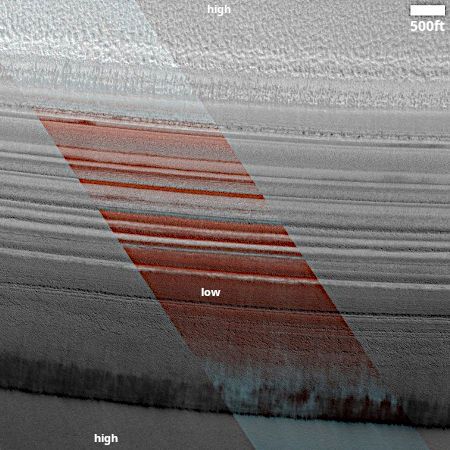Turkey begins construction of spaceport in Somalia

According to statements by one Turkish official this week, his nation has begun building its own spaceport on the southeast coast of Somalia at a location not yet specified.
Türkiye has begun construction of a space launch facility in Somalia, marking the country’s entry into an exclusive group of nations with oceanside spaceports, Board Chairman of Baykar Selcuk Bayraktar announced on Thursday. “Türkiye now has a space launch station. Normally, you need to be by the ocean. Türkiye has a 30 kilometer by 30 kilometer area in Somalia,” Bayraktar said during a panel at Take Off İstanbul 2025. “When you have oceanside access, you can deploy launch vehicles, meaning you have a spaceport. There are 12 such places in the world. Because Somalia is part of our heartland geography, there will be a space station there,” he noted.
This plan has been in the works since earlier this year, though few real details (such as its specific location) have not been released. It appears however that Turkey wants to use it to test both ballistic missiles and eventually launch orbital rockets. The location on the coast will permit test flights of bigger missiles that Turkey cannot do from its present test sites inside Turkey.

According to statements by one Turkish official this week, his nation has begun building its own spaceport on the southeast coast of Somalia at a location not yet specified.
Türkiye has begun construction of a space launch facility in Somalia, marking the country’s entry into an exclusive group of nations with oceanside spaceports, Board Chairman of Baykar Selcuk Bayraktar announced on Thursday. “Türkiye now has a space launch station. Normally, you need to be by the ocean. Türkiye has a 30 kilometer by 30 kilometer area in Somalia,” Bayraktar said during a panel at Take Off İstanbul 2025. “When you have oceanside access, you can deploy launch vehicles, meaning you have a spaceport. There are 12 such places in the world. Because Somalia is part of our heartland geography, there will be a space station there,” he noted.
This plan has been in the works since earlier this year, though few real details (such as its specific location) have not been released. It appears however that Turkey wants to use it to test both ballistic missiles and eventually launch orbital rockets. The location on the coast will permit test flights of bigger missiles that Turkey cannot do from its present test sites inside Turkey.






